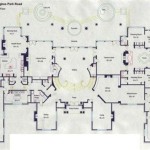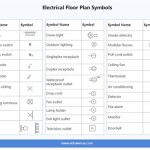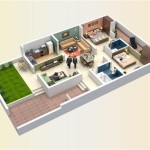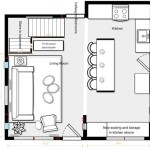Essential Aspects of Designed House Plans
Designing a house is a significant undertaking that requires careful consideration and planning. Well-designed house plans form the foundation for a home that meets your specific needs, preferences, and lifestyle. Here are some essential aspects to consider when choosing or creating a house plan:
Functionality
The functionality of your house plan should prioritize the way you live and use space. Consider the number of bedrooms, bathrooms, and living areas you require. Think about the flow between rooms and ensure there is adequate space for furniture and movement. A well-designed plan should create a cohesive and comfortable living environment.
Aesthetics
The aesthetics of your house plan should reflect your personal style and preferences. Choose a design that complements the surrounding environment and aligns with your vision for your home. Consider the exterior materials, rooflines, and architectural details that appeal to you. A visually appealing house plan can enhance the curb appeal and overall enjoyment of your property.
Energy Efficiency
Energy efficiency is an essential aspect of modern house plans. By incorporating energy-efficient features, you can reduce your energy consumption and save money on utility bills. Consider factors such as insulation, window glazing, and appliance ratings. A well-designed house plan should prioritize sustainability and minimize environmental impact.
Structural Integrity
The structural integrity of your house plan is paramount for safety and durability. The plan should adhere to building codes and industry standards, ensuring the stability and longevity of your home. Consider factors such as foundation design, load-bearing walls, and roof framing. A structurally sound house plan will provide peace of mind and protect your investment.
Customization
Customization allows you to tailor your house plan to your unique needs and preferences. While many house plans are available, you may want to consider working with an architect to create a custom design. This enables you to incorporate specific features, modify room layouts, and address individual requirements. A customized house plan ensures a truly personalized and satisfying home.
Cost
The cost of building your house is directly influenced by the design plan. It's essential to establish a budget before finalizing a plan. Consider the materials, labor, and permitting costs associated with your chosen design. Realistic cost estimates will help you make informed decisions and avoid unexpected expenses during construction.
Future Considerations
When selecting a house plan, consider your future needs and lifestyle changes. Think about how your family may grow or change over time. Is there potential for future additions or renovations? A well-thought-out plan can adapt to your evolving needs and ensure long-term satisfaction with your home.

House Plans How To Design Your Home Plan

Floor Plans Types Symbols Examples

Small House Plans Popular Designs Layouts

House Plans How To Design Your Home Plan

22 House Design With Floor Plans You Will Love Simple Two Story Affordable Designs Exterior

How Much Do 3d House Plans Cost Faqs Answered Cedreo

Modern House Design Floor Plans And Designs

House Plans How To Design Your Home Plan

House Plans Home Floor Architecturalhouseplans Com

Design Your Own Home House Designing Homes








